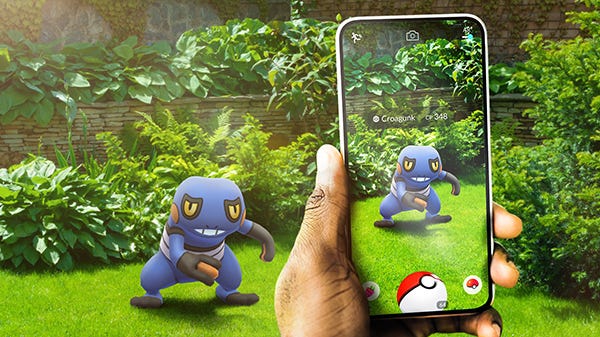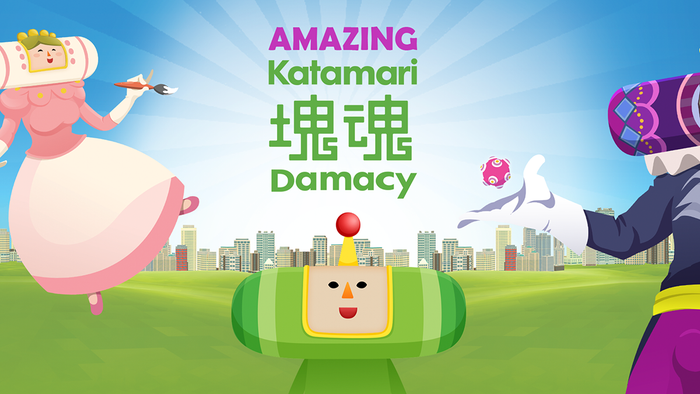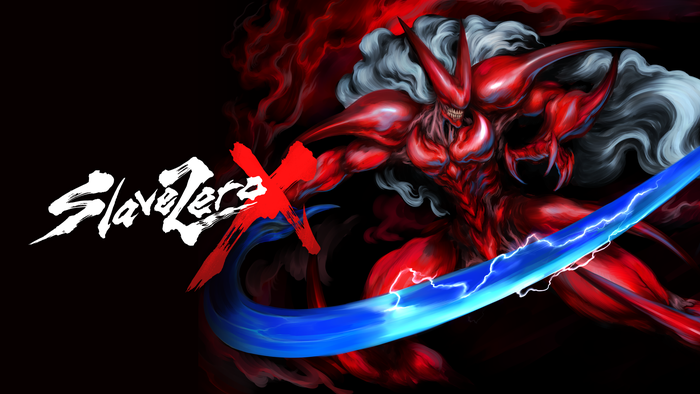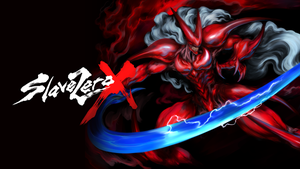
Featured Blog | This community-written post highlights the best of what the game industry has to offer. Read more like it on the Game Developer Blogs.
Kickstarter to the App Store: Advice for First-time Devs
Advice and experience from the designer of Cafe Murder, which was initially funded through Kickstarter one-and-a-half years ago and recently released in the iTunes App Store.

From Kickstarter to the App Store: Tips for First-Time Devs
Having successfully Kickstarted our game in October 2011 and released it in the App Store in May 2013, here is the Good, Bad, and Ugly of our experience. We began as hobby devs with no games under our belt and did not seek large amounts of money, so this is aimed at people in similar situations and includes advice on getting your first game completed and out the door.
THE GOOD: Kickstarter got us support, cred, and enough money to get things started. Frequent beta-testing-related deadlines helped us out a lot.
THE BAD: Kickstarter only covered initial development, and after the money ran out things slowed down a lot (see The Details for how we managed to finish).
THE UGLY: The gameplay video from our Kickstarter page (ZING!). Let's just say the game has come a long way… (Compare it (starting at 1:33) with more recent footage.)
THE DETAILS:
Our game, Cafe Murder, exceeded its goal of 6,500 dollars and ended up raising 7,600. That came back down to around 6,500 after we had paid for the t-shirts and other rewards and Kickstarter/Amazon Payments had taken their 3-5%. The remaining money paid our bills for five months of development, just as we had planned, but the game ended up taking an additional year to complete.
As Leigh Alexander said last week in this great article, it’s probably best to do Kickstarter when you are closer to the end of development. For us, however, I think Kickstarter worked well as "starter money." It's the reverse approach of what she describes, but it let us get a good demo-able version done, which we expanded on and honed over the next year after money ran out.
Of course development slowed down when we had to start doing other things to pay the bills, but, thankfully, we had a bunch of deadlines along the way that kept us pushing forward. And actually, I think that having those hard deadlines was the only way we managed to get the game done.
For example, we joined a bunch of “demo nights” hosted by a tech incubator in Athens, GA where we live, which allowed us to show our game to literally hundreds of people. I also presented at a video game camp for high school students, and visited my own high school to show it to students there. And, even though our game wasn’t finished yet, we entered it in IGF to create another deadline for ourselves.
My point in listing these is to show that if you get creative, you should be able to find lots of opportunities to create hard deadlines for yourself. Besides forcing us to make solid progress on a regular basis, the other awesome thing was that, as you may have noticed, all the deadlines revolved around beta testing. The massive amounts of in-person beta testing helped so much. Seeing the looks on people’s faces, their running commentary, and talking to them afterwards helped me to understand the player experience and see what needed to be tweaked.
We also had them fill out surveys, but you can only get so much from comments written after the fact. People will say things without thinking, or have reactions that they wouldn’t think to write down later, and you just have to be there in person to get that.
I know I’m not the first person to say beta testing is important, but we did it every chance we could get (even when it could barely be considered a game at early stages), and Cafe Murder benefited a lot. It’s all-too-easy to just test it on your own and tell yourself “it’s not ready to show to the public yet.” Don’t. Show it around. See what people think. It will be painful but oh-so-helpful.
Actually, the most painful AND helpful part of all was having total non-gamers play. I'm talking businessmen and grannies who have never picked up a controller before. You may not be targeting these folks, but their feedback was a big eye-opener, leading to a lot of "Ah-ha!" moments for us. At first I would get annoyed and be like “This person doesn’t play games, what do THEY know!?”, but in retrospect I can see that these were precious learning experiences.
Basically, the core concept from our Kickstarter project stayed the same throughout development (catching falling ingredients, assembling sandwiches, and having an insane chef who goes on rampages), but the structure, goals, and visuals changed a lot as we responded to people's feedback and figured out how to make the game more fun and clear.
Even with deadlines and real-life beta testing action, it's still easy to lose focus when it comes to spending over a year developing a game. That’s where I found it helps to have "cycles of motivation" (I just made up the term, but hear me out). As a two person team, it always gave me a surefire burst of motivation when the programmer released a build with some of my new graphics. Likewise, I know it was motivating for him when I had some fresh sprites or animations to show off.
Mutually inspiring each other like that helps keep the ball rolling during long dry periods when you're distracted by some silly thing like "life" or "job." Especially at those times, I found it important to to crank out a few small delightful features just to maintain the feeling that "things are getting done" and keep your team going.
The best part of developing a game with Kickstarter was definitely the backer system. We were backed by 72 people, most being family and friends, but what really floated my boat was being backed by total strangers (it was also incredible to get the support of the director of my favorite video game, "Paladin's Quest").
What’s great is the injection of collaborative creativity into your game. That was one of the original tenets of Kickstarter- that backers are involved in the creative process and not just pre-ordering a copy of your product- and I think that has been lost on some Kickstarter projects lately.
In our case, we let backers become customer characters in the game. We didn’t know if anyone go for it, but sure enough three did (two were admittedly grandparents, but one was a total stranger!), and it was a blast to turn them into customer characters based on photos they provided.
This backer, for example, became "Thomas Grizzle," a distant relative of the star characters Rainy and Stabby Grizzle:

Thomas the real person

Thomas Grizzle
In addition to being fun, it is also handy to be able to say "Oh, that’s my grandfather!" or "He's based on a real person that backed us on Kickstarter!" when showing the game to someone. It’s a surefire way to make them giggle and/or gasp in awe.
As another reward, one backer decided the final sandwich ingredient that the player unlocks- and guess what she chose? Potato chips. Not as a side dish, but as in “a potato chip sandwich.” It added a nice flair to the game, considering we never would've thought of that on our own.
So, Kickstarter can be rough with the not getting enough money and leaving you out in the wilderness to fend for yourselves, but if you play your cards right you can make it work and get a lot out of it. It may be wiser to do a Kickstarter project when the game is nearly finished and you have a clear path to your goal, but for us at least, it worked the other way around.
Admittedly, things have changed a lot on Kickstarter since our day- we were one of the first video game projects on the site, and most people had never heard of Kickstarter. But, as Leigh suggests, Kickstarter may actually be better suited for small projects than big over-funded projects like Double Fine, which can get out of hand with demanding backers and inflated expectations.
In the end, Kickstarter enabled us to get our first game out the door, and that in itself is the biggest reward (pun intended). Whether you use Kickstarter or one of the many other sites that’ve sprung up, good luck with your own crowd-funding projects!
Read more about:
Featured BlogsAbout the Author(s)
You May Also Like









